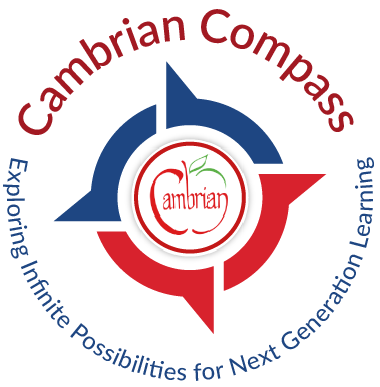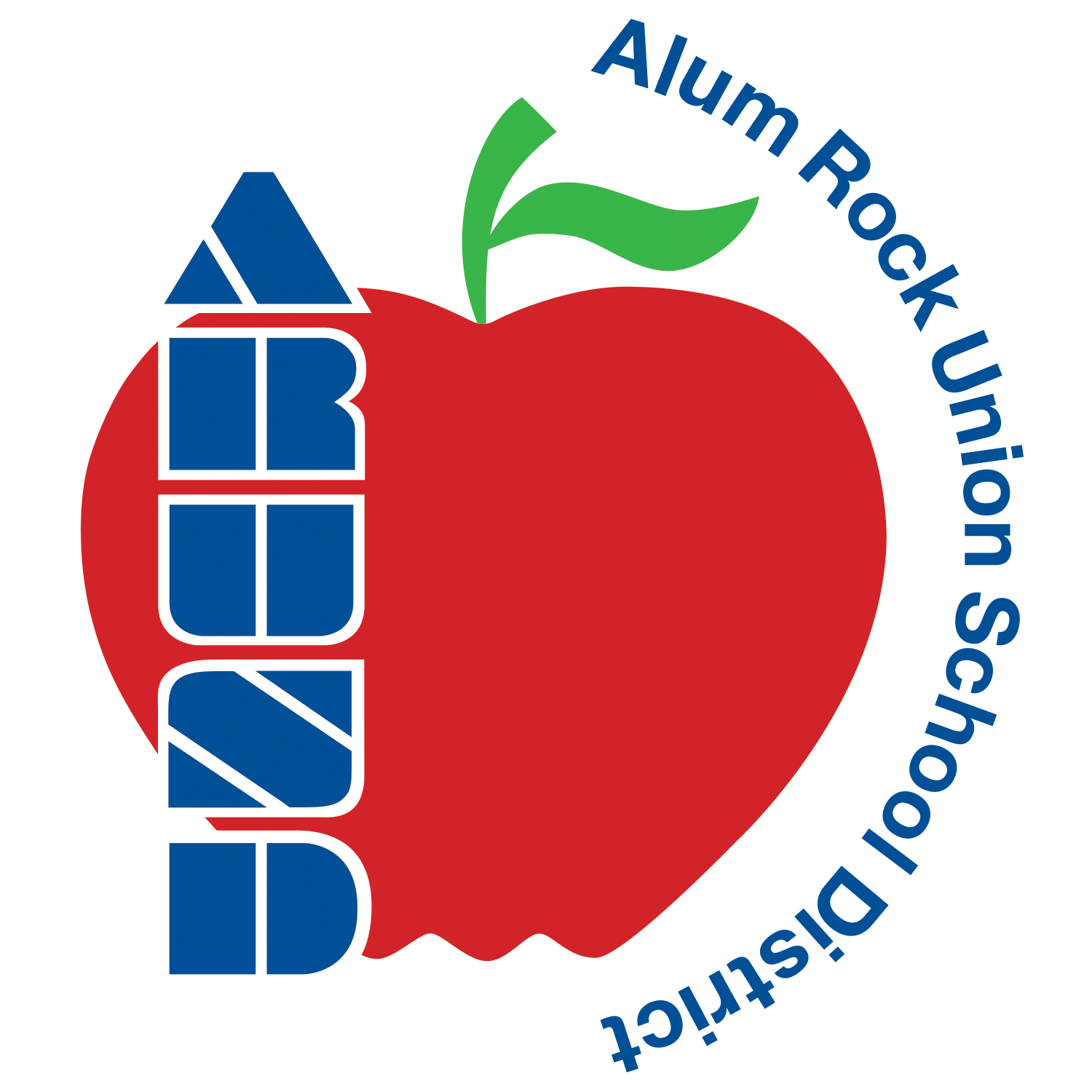Content Curation and PLNs
Learning Activity
Let's examine the curation and personal learning network (PLN) development. Curating resources and developing a PLN allow administrators to stay current and connected in this rapidly changing world.
Content Curation
One topic that is gaining relevance in today's society is "Social or Content Curation." The idea of "Content Curation" comes from the idea that students create their own connections to the media (text, audio, images and video) they have access to and create their own filters as to which content trustworthy and which content isn't. While this maybe not the best system available to our students, it is one that will eventually teach students how to better manage their personal media and the connections they make with it in their lives.
There are many different types of Content Curation web sites that are making their way into the mainstream culture. You just used one in Module III to select specific resources for your staff. Typically, Content Curation sites, specialize on one type of media and how individuals make connections with the media, how they curate it and eventually how they present it to their peer groups. Much of this "public presentation" of curated content, allows individuals to receive feedback from their peers and others about the connections they make between a variety of different types of media. This is much like commenting on a blog post or engaging in a threaded discussion, but the content is created by others and the curator simply presents them in a way that makes sense to them and in turn providing their peer group a look at how they connect a variety of items together.
His recent book, "Curation Nation." Steve Rosenbaum makes the case that curation holds a higher place in Bloom's Taxonomy model than creation, because to curate is to make connections between two or more different creations.
curationnation.org - Steve Rosebaum's site where he is selling his book, but also reviewing the skills that make curation a valuable skill in our culture.  In this graphic, you can see that most people fall at the base of the pyramid and are consumers, but there are now more and more "curators," individuals who through their consumption of media begin to make new and unique connections between different types of media.
In this graphic, you can see that most people fall at the base of the pyramid and are consumers, but there are now more and more "curators," individuals who through their consumption of media begin to make new and unique connections between different types of media.
pinterest.com - is a site where individuals can post photos from a variety of different sources and make connections to them by placing them together on a "board." Other members can then comment on how the "curator" has selected the images and why they fit together.  The process students go through as they begin to "curate" the content they have access to is that they begin to make connections in new and different ways, many of which are not like the connections they are taught in traditional schools. The feedback loop of their ideas has been sped up because of the ability to share out their work quickly and easily using these tools.
The process students go through as they begin to "curate" the content they have access to is that they begin to make connections in new and different ways, many of which are not like the connections they are taught in traditional schools. The feedback loop of their ideas has been sped up because of the ability to share out their work quickly and easily using these tools.
Many of the students we have in our schools today will use social media sites like Facebook, Twitter, Pinterest, Deviant Art or others to display the media they "curate" through the interactions they have with friends and others.
Understanding PLNs
How can an administrator stay current in this rapidly changing world? There are a wealth of resources on the Internet that can help you to communicate and collaborate with peers nearby and around the world. Creating a Personal Learning Network (PLN) is one way to help you to stay connected. A PLN enables learning on demand by connecting you to resources that enrich your learning potential from anywhere at anytime. Through personal learning goals you set for yourself, your PLN evolves and grows. Explore the links in the Resources section for more information about Personal Learning Networks.
For this activity, reflect on your experiences with content curation and PLNs.
Resources
More Professional Learning Communities and Networks (PLC / PLN) Activities
Quickly deploy Professional Learning Communities and Networks (PLC / PLN) lessons to your entire district.
Top districts trust Alludo to train teachers and staff





